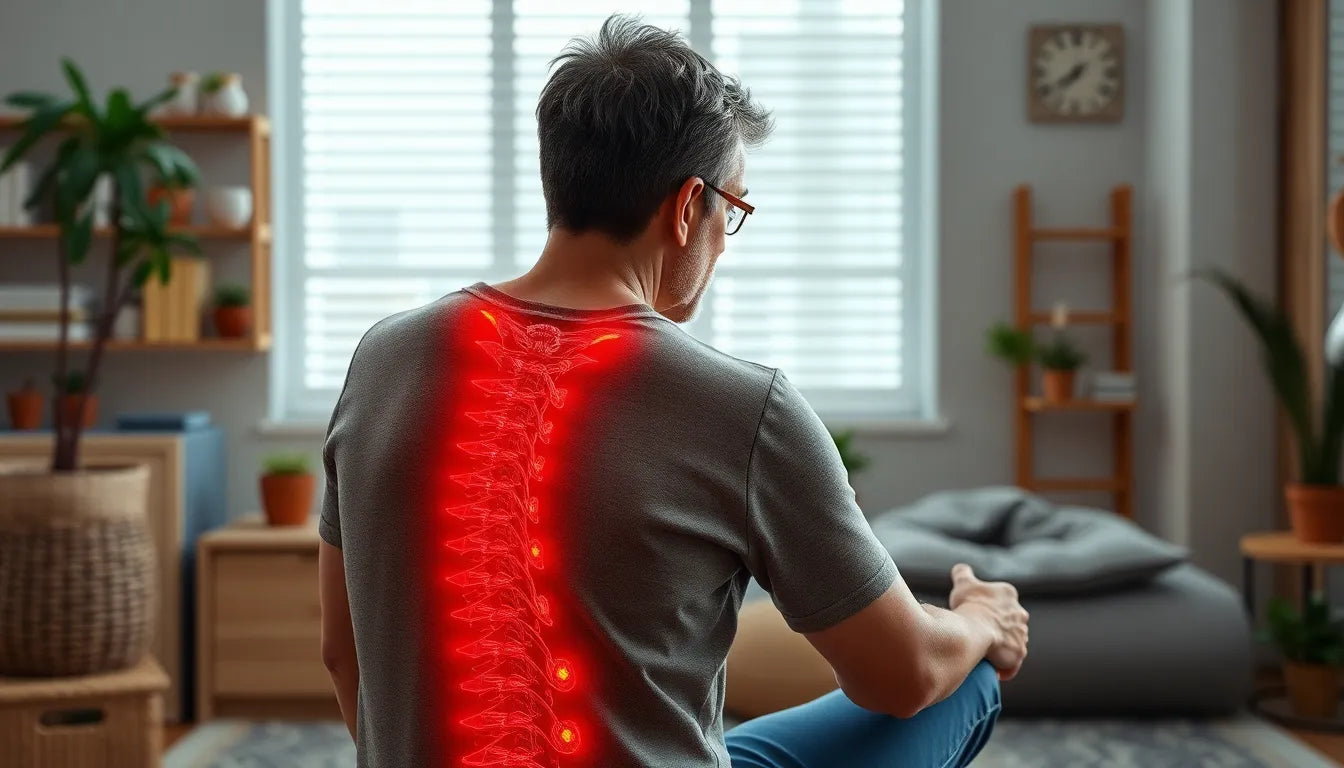In today's fast-paced work environments, ensuring safety and efficiency is paramount. One crucial aspect that often goes overlooked is the process of transferring people or materials in a manner that minimizes the risk of injury. This is where ergonomic transfer techniques come into play. By integrating ergonomic principles into transfer tasks, workplaces can significantly enhance safety and productivity.
introduction to ergonomic transfers
Ergonomic transfer refers to the method of moving individuals or objects in a way that aligns with the natural capabilities of the human body and the characteristics of the load. This approach is vital in reducing the physical strain associated with manual transfers, thereby preventing injuries. In both healthcare and industrial settings, ergonomic transfers are instrumental in safeguarding workers and enhancing operational efficiency.
In healthcare, for instance, the safe movement of patients is a daily necessity. Without proper techniques, healthcare providers are at risk of musculoskeletal disorders. Similarly, in industrial environments, the manual handling of heavy materials can lead to significant injury risks if not performed ergonomically. By adopting ergonomic transfer techniques, organizations can protect their workforce while simultaneously boosting productivity.
the need for ergonomic transfers
Manual transfers often present challenges such as physical strain, awkward postures, and the potential for injury. These issues arise when tasks are not tailored to the worker’s capabilities or when the load’s characteristics are not adequately considered. Ergonomic transfers address these challenges by customizing tasks to fit both the worker and the load, thereby enhancing safety and efficiency.
For example, consider a scenario where a caregiver needs to move a patient from a bed to a wheelchair. Without ergonomic techniques, this task could result in back strain or other injuries. However, by employing proper body mechanics and using assistive devices, the caregiver can perform the transfer safely and efficiently. This tailored approach not only protects the caregiver but also ensures the comfort and safety of the patient.
hook: the impact of ergonomic transfers
The impact of ergonomic transfers on workplace safety is profound. According to recent studies, implementing ergonomic practices can reduce workplace injuries by up to 50%. Imagine a workplace where injuries are minimized, and efficiency is maximized. How would that change the dynamics of your organization? By embracing ergonomic transfer techniques, businesses can create safer work environments, leading to happier, healthier employees and improved productivity.
In conclusion, ergonomic transfers are not just a safety measure; they are a strategic approach to enhancing workplace efficiency and well-being. As organizations increasingly recognize the value of ergonomics, the demand for effective transfer techniques continues to grow, making it an essential focus for any forward-thinking workplace.
principles of ergonomic transfers
Understanding the core principles of ergonomic transfers is essential for creating safer work environments. These principles revolve around optimizing body mechanics and ensuring a task-worker fit. By aligning the task with the worker's physical capabilities and the load's characteristics, organizations can significantly reduce the risk of injury. One of the key aspects is maintaining a neutral posture, which minimizes stress on the body during transfers. Proper body alignment, such as keeping the spine straight and using the legs for lifting, is crucial for reducing strain.
Assistive devices play a pivotal role in facilitating ergonomic transfers. Tools like transfer belts, sliding sheets, and mechanical lifts are designed to minimize the physical effort required and enhance safety. For instance, transfer belts provide support and stability, reducing the risk of falls during patient transfers. Sliding sheets help minimize friction, making it easier to move patients with minimal effort. By incorporating these devices, workplaces can ensure that transfers are conducted safely and efficiently.
safety and efficiency benefits
Implementing proper ergonomic transfers offers substantial safety and efficiency benefits. One of the most significant advantages is the reduction in the risk of musculoskeletal disorders (MSDs) among workers. MSDs are common in jobs that require frequent lifting and moving, leading to absenteeism and decreased productivity. By adopting ergonomic transfer techniques, organizations can reduce these risks, leading to healthier employees and fewer workdays lost to injury.
Moreover, ergonomic transfers enhance efficiency and productivity. When workers are trained in proper techniques and equipped with the right tools, tasks are completed more quickly and with less effort. This not only boosts productivity but also improves employee morale, as workers feel more confident and less fatigued. In healthcare settings, efficient transfers ensure that patients receive timely care, improving overall service quality.
addressing challenges in ergonomic transfers
Despite the benefits, implementing ergonomic transfers can present challenges. Common issues include awkward postures, lack of training, and inadequate equipment. These challenges can lead to ineffective transfers and increased injury risk. To address these issues, organizations must prioritize training and continuous reassessment of transfer strategies.
Training is crucial for ensuring that workers understand and apply ergonomic principles effectively. Regular workshops and hands-on sessions can reinforce proper techniques and introduce new tools. Additionally, continuous reassessment of equipment and strategies ensures that they remain effective and aligned with organizational goals. By addressing these challenges proactively, workplaces can maintain a safe and efficient transfer process.
best practices for ergonomic transfers
Adopting best practices in ergonomic transfers is key to maximizing safety and efficiency. Engaging individuals in the transfer process is a fundamental practice. This involves communicating with the person being moved, understanding their capabilities, and supporting natural movement patterns. By involving individuals, workers can tailor the transfer to the specific needs of the person or object, ensuring a smoother process.
Regular reassessment of transfer strategies is another best practice. As tasks and environments evolve, so too should the approaches to transfers. By continuously evaluating and updating strategies, organizations can ensure that they remain effective and aligned with safety goals. This proactive approach not only enhances safety but also fosters a culture of continuous improvement.
| Tool | Benefit |
|---|---|
| Transfer Belts | Reduce strain on both worker and patient |
| Sliding Sheets | Minimize friction and ease patient movement |
| Multi-person Teams | Distribute workload and reduce individual strain |
In conclusion, ergonomic transfers are a vital component of workplace safety and efficiency. By understanding and applying the principles of ergonomic transfers, addressing challenges, and adopting best practices, organizations can create safer, more productive environments. The integration of assistive devices further enhances these benefits, ensuring that transfers are conducted with minimal risk and maximum efficiency.
commercial impact of ergonomic transfers
Investing in ergonomic transfer techniques offers substantial commercial benefits for organizations. By reducing workplace injuries, businesses can significantly decrease costs associated with medical expenses and compensation claims. Fewer injuries mean less absenteeism, allowing for a more consistent and productive workforce. Additionally, ergonomic practices enhance employee morale by fostering a safer work environment, which can lead to higher job satisfaction and retention rates.
For example, healthcare facilities that implement ergonomic transfer techniques often see a reduction in staff turnover and an increase in patient satisfaction due to more efficient and safer patient handling. Similarly, in industrial settings, ergonomic transfers can lead to fewer disruptions in operations, ultimately contributing to higher productivity and profitability. By prioritizing ergonomics, organizations not only protect their employees but also enhance their bottom line.
industry trends in ergonomics
The field of ergonomics is continually evolving, driven by advancements in technology and a growing emphasis on employee well-being. One notable trend is the integration of digital aids and data analytics into ergonomic assessments. These tools allow organizations to collect and analyze data on workplace ergonomics, identifying areas for improvement and tailoring solutions to specific needs.
Moreover, there is an increasing focus on personalized ergonomic solutions that consider individual worker capabilities and preferences. This approach not only enhances safety but also boosts productivity by ensuring that tasks are aligned with the worker's strengths. As businesses recognize the link between ergonomics and performance, the demand for innovative ergonomic solutions continues to rise.
conclusion: the future of ergonomic transfers
As we look to the future, the importance of ergonomic transfer techniques in creating safer and more efficient workplaces cannot be overstated. By embracing these practices, organizations can reduce injuries, enhance productivity, and foster a culture of safety and well-being. Continuous innovation and education in ergonomic techniques will be crucial in addressing the evolving needs of workplaces and ensuring that transfer tasks are conducted with maximum efficiency and minimal risk.
Ultimately, the integration of ergonomic transfers represents a strategic investment in both employee health and organizational success. As trends in technology and personalized solutions continue to shape the field, businesses have the opportunity to lead the way in creating work environments that prioritize safety and performance.
frequently asked questions
What is an ergonomic transfer?
An ergonomic transfer involves moving people or materials in a way that minimizes the risk of injury by aligning tasks with the capabilities of workers and loads.
Why are ergonomic transfers important in healthcare?
They prevent injuries to both healthcare providers and patients, ensuring safety and efficiency in patient care.
What are common tools used in ergonomic transfers?
Common tools include transfer belts, sliding sheets, and mechanical lifts, which help reduce physical strain.
How can organizations implement ergonomic transfer techniques?
Organizations can provide training, invest in appropriate equipment, and regularly reassess transfer strategies to ensure effectiveness.
What are the financial benefits of ergonomic transfers for businesses?
Businesses can save on costs related to workplace injuries, reduce absenteeism, and increase overall productivity through ergonomic practices.


















